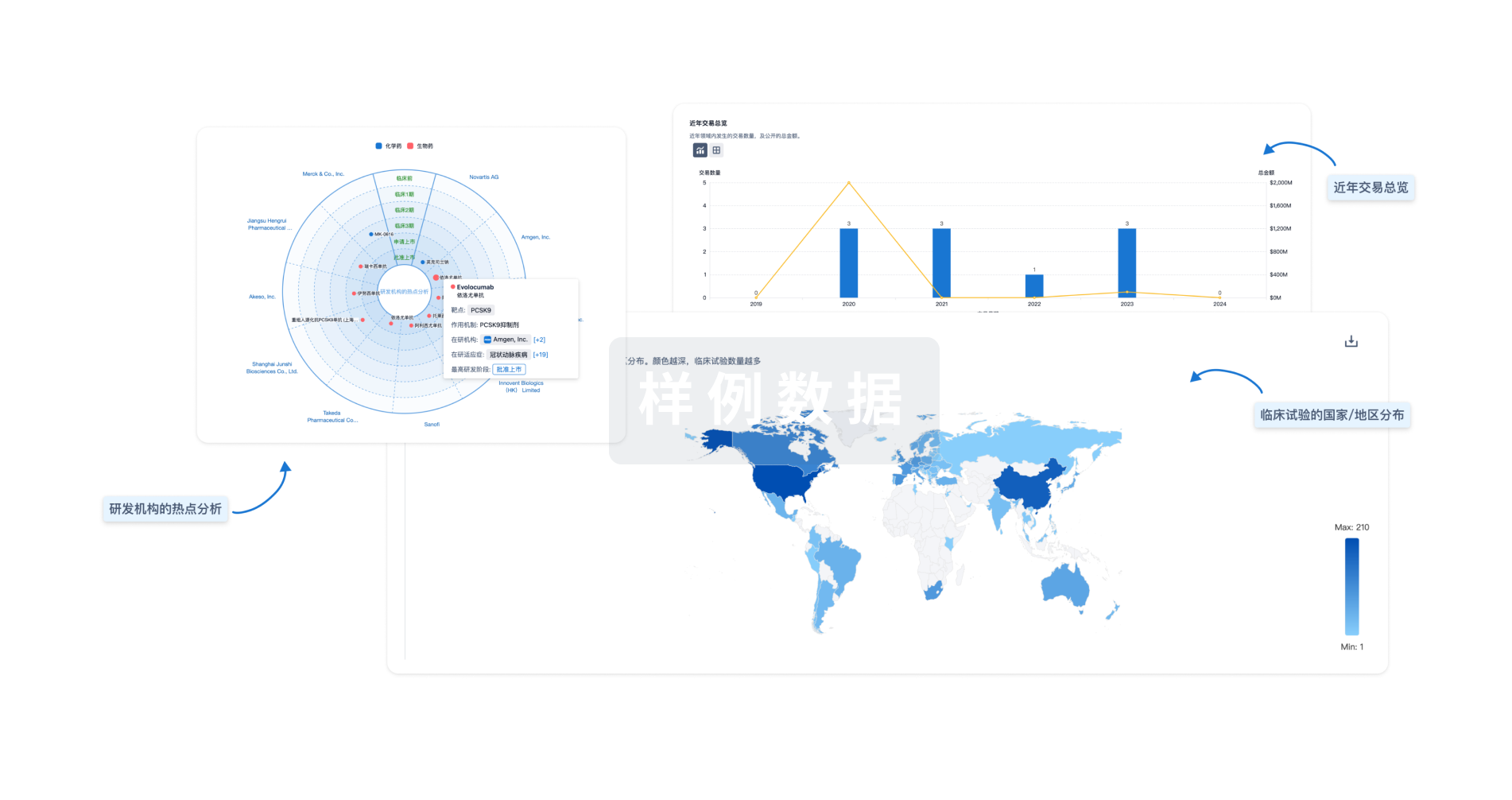预约演示
更新于:2025-05-07
LRP5 x FZD1 x CTNNB1
更新于:2025-05-07
关联
100 项与 LRP5 x FZD1 x CTNNB1 相关的临床结果
登录后查看更多信息
100 项与 LRP5 x FZD1 x CTNNB1 相关的转化医学
登录后查看更多信息
0 项与 LRP5 x FZD1 x CTNNB1 相关的专利(医药)
登录后查看更多信息
4
项与 LRP5 x FZD1 x CTNNB1 相关的文献(医药)2016-08-01·The Journal of Clinical Endocrinology & Metabolism2区 · 医学
Wnt Signaling Genes in Adipose Tissue and Skeletal Muscle of Humans With Different Degrees of Insulin Sensitivity
2区 · 医学
Article
作者: Monika Karczewska-Kupczewska ; Magdalena Stefanowicz ; Natalia Matulewicz ; Marek Strączkowski ; Agnieszka Nikołajuk
2014-12-01·Journal of Tissue Engineering and Regenerative Medicine2区 · 工程技术
Wnt signalling in anin vitroniche model for conjunctival progenitor cells
2区 · 工程技术
Article
作者: O'Callaghan, A. R. ; Schrader, S. ; Tuft, S. J. ; Daniels, J. T. ; Geerling, G. ; Beaconsfield, M.
2012-12-01·Endocrine3区 · 医学
Evidence of a stabilizing mutation of β-catenin encoded by CTNNB1 exon 3 in a large series of sporadic parathyroid adenomas
3区 · 医学
Article
作者: Gunnar Westin ; Lee F. Starker ; Peyman Björklund ; Tobias Carling ; Annabelle L. Fonseca ; Göran Åkerström
分析
对领域进行一次全面的分析。
登录
或

生物医药百科问答
全新生物医药AI Agent 覆盖科研全链路,让突破性发现快人一步
立即开始免费试用!
智慧芽新药情报库是智慧芽专为生命科学人士构建的基于AI的创新药情报平台,助您全方位提升您的研发与决策效率。
立即开始数据试用!
智慧芽新药库数据也通过智慧芽数据服务平台,以API或者数据包形式对外开放,助您更加充分利用智慧芽新药情报信息。
生物序列数据库
生物药研发创新
免费使用
化学结构数据库
小分子化药研发创新
免费使用